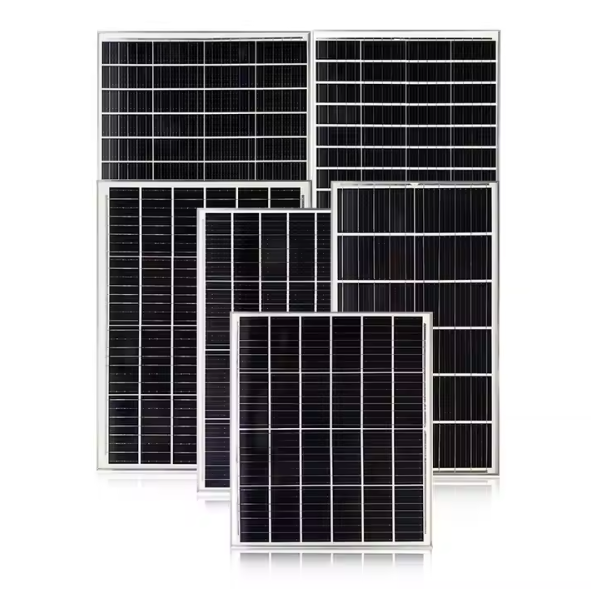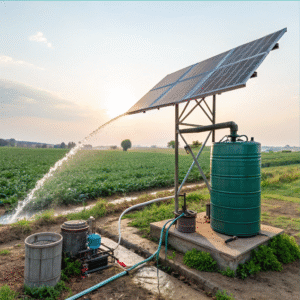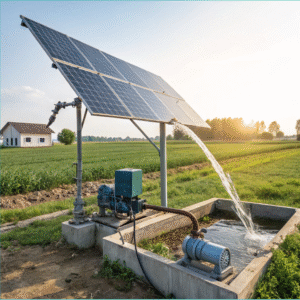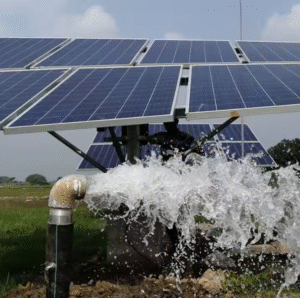Do you have enough sunlight in your area to benefit from solar panels?
by
Do you have enough sunlight in your area to benefit from solar panels?
Thinking about switching to solar but unsure if your location gets enough sun? You're not alone - this is the first question every potential solar buyer needs to answer.
Most areas receive sufficient sunlight for solar panels to be cost-effective, with 4-5 peak sun hours daily being the general threshold for viability. Even northern states with less intense sunlight can benefit from properly sized systems.
Many homeowners overestimate how much direct sunlight their solar panels need. The truth might surprise you - let's break down exactly how sunlight affects your solar potential and system design.
Are you looking to reduce your electricity bills with solar power?
Tired of watching your electricity bills climb higher every year? Solar power offers a proven way to lock in lower energy costs for decades.
Solar panels typically reduce electricity bills by 50-90%, with most systems paying for themselves in 6-10 years through energy savings while continuing to produce free power for 15+ years after payback.
Understanding Your Solar Savings Potential
The financial benefits of solar depend on three key factors:
- Your current electricity rates - Higher rates mean faster payback
- Available sunlight - More sun = more energy production
- System size - Proper sizing maximizes savings
Here's a breakdown of typical savings by region:
| Region | Avg Sun Hours | Typical Bill Reduction | Payback Period |
|---|---|---|---|
| Southwest | 6-7 hrs | 80-90% | 5-7 years |
| Northeast | 4-5 hrs | 60-75% | 7-9 years |
| Pacific NW | 3-4 hrs | 50-65% | 8-10 years |
Even in cloudy areas, modern solar panels can still produce 25-40% of their rated output on overcast days. The key is proper system sizing and design to maximize your specific location's potential.
Do you need a complete solar system with inverter and battery storage?
Wondering if batteries are worth the extra investment? The answer depends on your energy goals and local utility policies.
Most grid-tied homes only need panels and an inverter, adding batteries primarily for backup power during outages. Battery storage adds 25-50% to system costs but may be worthwhile in areas with poor grid reliability or time-of-use billing.
Breaking Down Solar System Options
-
Grid-Tied Systems (Most Common)
- Solar panels + inverter only
- Lowest upfront cost
- No backup power during outages
-
Hybrid Systems (Battery Backup)
- Adds battery storage
- Provides power during outages
- 25-50% more expensive
-
Off-Grid Systems
- Complete independence from utility
- Requires large battery bank
- 2-3x more expensive than grid-tied
Battery storage is becoming more popular as prices drop, but for most homeowners, starting with a standard grid-tied system makes financial sense before considering battery add-ons.
How much energy does your home or business consume each month?
Your energy usage directly determines what size solar system you need - but how do you calculate the right size?
The average home needs a 6-8 kW solar system to offset 100% of electricity use, based on consuming 900 kWh monthly. Your ideal system size can be calculated by dividing your annual kWh usage by 1,200 (average annual production per kW).
Calculating Your Perfect Solar System Size
- Find Your Usage - Check 12 months of utility bills (look for kWh used)
- Calculate Daily Average - Divide annual kWh by 365
- Account for Solar Production - Multiply daily usage by 0.85 (average efficiency factor)
Example Calculation:
- 12,000 kWh annual usage ÷ 1,200 ÷ 1 kW = 10 kW system needed
Most installers recommend sizing your system to cover 80-100% of your usage for maximum savings while avoiding oversizing penalties in some utility areas.
Conclusion
Nearly all areas receive enough sunlight for solar to make sense, with proper system design compensating for regional sunlight variations. The key is matching system size to your energy needs and local conditions.




